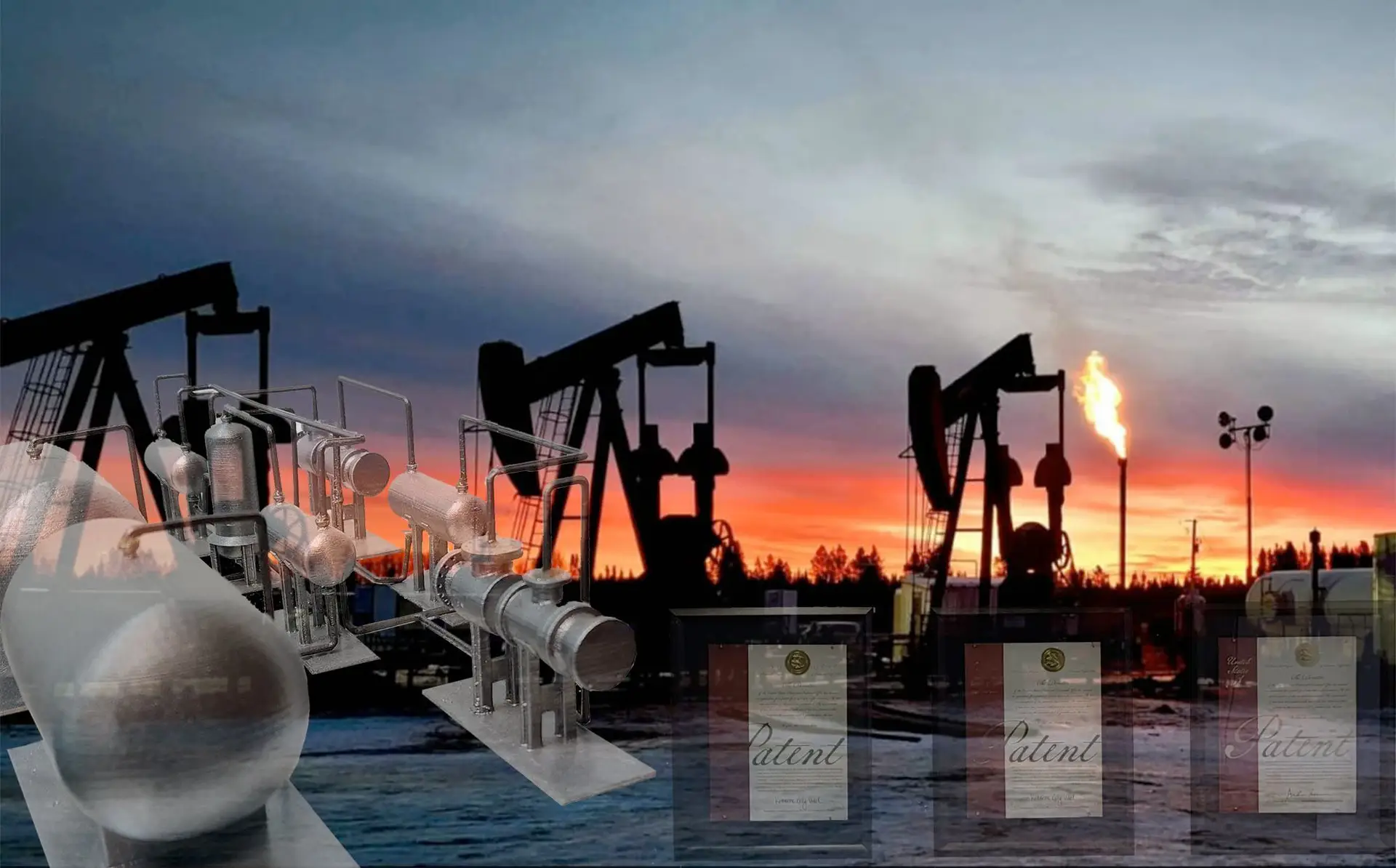
Gas flaring, the burning of natural gas associated with oil extraction, has persisted since the beginning of oil production, some 160 years ago. Flaring is the controversial but common practice in which oil and gas drillers burn off gas that can’t be easily or efficiently captured and stored. Unfortunately, these processes, known as flaring and venting, don’t just waste resources; they also pollute the atmosphere with hazardous, global-warming gases, such as carbon dioxide, methane and black carbon (soot) emissions, all a real environmental problem that needs attention. Gas flaring has been a dubious distinction. Numerous industry leaders have said that flaring gives the oil and gas industry a black eye. Eliminating this practice from oil production is the very least oil and gas operators can do to limit their direct emissions and will help countries achieve their Paris Agreement goals, advancing their path to decarbonization and renewable energy sources. Indeed, if all flaring was eliminated, it would reduce CO2 equivalent emissions by 400 million tons of CO2e emissions and other pollutants , including methane with is more than 80 times more powerful than CO2 over a 20-year period.
Akashic Technologies proprietary solution now makes it possible to liquify all hydrocarbon products generated from any hydrocarbon source. Our Hydrocarbon Recovery Unit (“HRU”) is a mobile midstream technology that will capture and liquefy waste gases thus eliminate venting and flaring at well sites and plant sites, finally solving the 160-year-old problem. In addition, customers will now have the ability to convert waste gases into valuable commodities which translates into new revenue streams for wellsite owners /operators. A bonus application of this midstream technology is that it can reactivate stranded assets from orphan wells generating revenue from proven reserves.
The realization of a ‘virtual pipeline’ which can replace most of the services provided by a processing facility, on a miniaturized scale as compared to conventional fractionation facilities. Global, Federal and Provincial mandates have placed a strong demand for: environmental compliance (e.g. emission standards and the related regulatory costs); stranded assets which are not generating revenue; and, the financial burden of costly pipeline infrastructure to move product from the well site to market. This new midstream technology addresses these issues. “Regulatory compliance married with a new untapped revenue stream makes a compelling case for investment and growth in what is assuredly a deep and long-term market opportunity.”
Furthermore, this technology is scalable to handle any gas volume, as well as the ability to separate and mix spec product at a field level, creating at its basest form a dual product of “Y” grade NGL, and sales grade LNG. This process also removes water molecules from the final Methane and Ethane products, either gasified or liquified.
These advancements have afforded us the ability to design a singular modular unit essentially capable of handling all gas streams to work as a “poor-boy” fractionation system. We are able to create “Y” grade NGL product, and sales grade LNG from any raw gas source at a micro footprint. More comprehensive design additions also afford the opportunity to isolate each specific hydrocarbon product as required. This technology can be used in a wide variety of innovative applications; however, the imperative design concept was based around leveraging wasted commodities relevant to conventional flaring operations.
Initially the focus of the technology will be to address flaring and venting and transporting the previously wasted product to market. During the first phase we will focus on adhering to, and enforcing and developing new directives, and legislation surrounding greenhouse gas emissions. United States and its partners from Canada can come together and become the flagship for environmental stewardship and innovation for the world to follow. Once the alternative to flaring has been introduced to the industry, we are anticipating legislation to enforce utilization of this system not only for all the active oil wells but also for all the abandoned wells. The U.S. Environmental Protection Agency estimates that there are more than 3 million total abandoned oil and gas wells. About 2 million of those are estimated to be very old and never properly plugged. The agency believes such wells are responsible for most of the methane emitted from abandoned wells which is an environmental nightmare that need to be addressed.